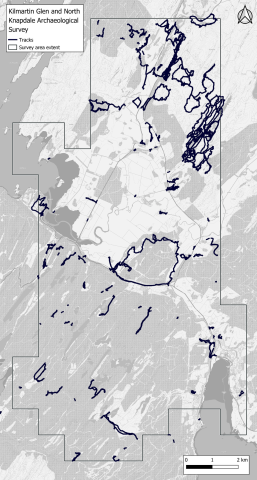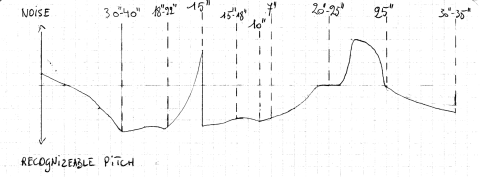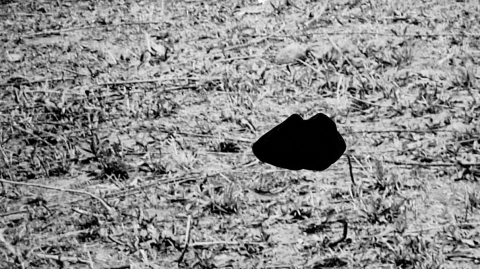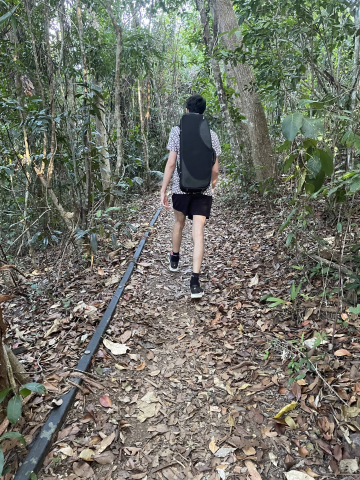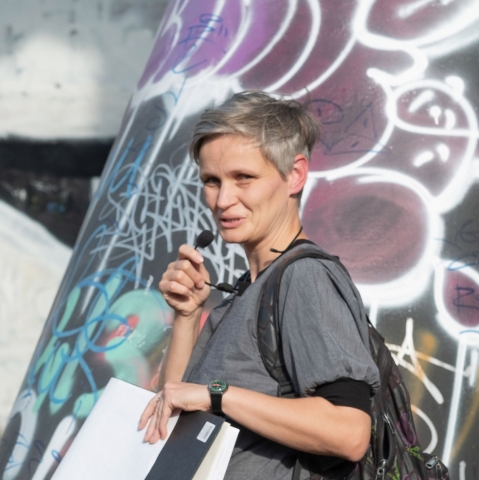Editorial
Having remained virtually unchanged for many years, JAR recently updated the form that peer reviewers are given to record their reviews. Both forms, previous and new, consist of a set of questions – or prompts – leading up to a concluding section on desired or requested revisions, as well as an assessment scale. We always recommend all authors to familiarize themselves with the peer review form in order to understand how peers may approach their submissions. We also recommend that peer reviewers read through all sections of the form before starting to respond to the individual questions, in order to gain orientation and provide structured, non-repetitive feedback. In addition, we inform reviewers that they need not use the form at all and can decide on another format for their report. The changes made to the peer review form were triggered by direct feedback from reviewers as well as our own experience with responses to the previous form.
Before I go into detail regarding the new form, I would like to stress that we have always considered our peer review process as offering real value to us editors as well as to the authors, who receive detailed, engaged but also critical feedback. Over the years, two types of positive responses have stood out: as far as authors are concerned, it is striking how little serious feedback, in particular senior, researchers can receive and how grateful they can be for the time and effort spent on their work. As far as reviewers are concerned, we have learned that the change in role, from reader to reviewer, can lead to more intense encounters with materials, which from a reader’s point of view may already have been deemed ‘understood’, a sign how effective the model of expositions is. On the problematic side, I should perhaps mention that the exact nature of what we seek to publish in JAR (‘expositions of artistic practice as research’) has remained a question of much speculation for authors and reviewers alike. We hope to have addressed this in a new appendix to the peer review form.
When comparing the old with the new form, first of all, it is best not to look at the phrasing of the various questions, but at the overall narrative that connects them. In the old form, we jumped straight to a submission’s contribution (Which aspects of the submission are of interest / relevance and why?), which in the following questions was probed in various ways including with regard to design and navigation (How well do design and navigation support the submission?) as well as ethics (Are there any ethical or legal concerns?) In the new form, this narrative from the (perceived) centre to the (perceived) margin is turned on its head. We begin by asking about ethical implications and considering the design of the submission, as if what the submission is about need not be established to make such initial points. In some sense, we now ask reviewers to first stand back and orientate themselves rather than establishing what a submission is about and making an assessment from there, building up, rather than taking down, an image of the core of the submission.
Much has been said about margins and centres in e.g. poststructural or decolonial discourses, but, despite our best efforts over the years, it still comes as a surprise to realise the various levels at which existent hierarchies have been allowed to infiltrate new processes. In the peer review form, it appears that for years we suggested that the first question was about content and, more precisely, about summarizing it in written language. With our new peer review form we acknowledge that artistic research requires a reassessment of order and habits also on this seemingly bureaucratic level. (In my JAR18 editorial I made a similar point about issues of language that we did not sufficiently problematize when we started JAR and which we have been addressing over the last years.)
The second, related, major change that I want to highlight in this editorial is concerned with editorial policy and the role peer reviewers’ advice plays in the overall decision making of the journal. A few years ago, we realised that reviewers rarely dismiss specific practices and instead choose to engage with the potentials they see. In response to this, we added a question to the peer review form regarding a submission’s potential (Does the submission live up to its potential?). If we assume that in a first step of desk rejection JAR’s editorial process has already determined that submissions that are to be reviewed are those with potential (to be published), the assessment needed at the end of the peer review is less, as it used to be, ‘should this submission be published?’, and more, as it is now, how deep or extensive a reviewer thinks revisions have to be made to warrant publication. The final question in the new form is: How substantial do you believe possible revisions to the submissions are, where 0 = no revisions and 10 = fundamental rework is required? Thus, when the editorial board assesses submissions based on the reviews that we received, it needs to take several things into account; namely, what reviewers see as requirements in regard to the potential for development they envisage, what resources individual members of the board have for advising the authors on the submission and how they perceive the openness of the authors to follow such advice.
This change in the assessment part of the peer review form reflects an evolution in relation to notions of ‘quality.’ It makes more sense for us now to start from the assumption that all submissions offer something specific to them; unique relevant practices or approaches to art (qualities.) We now understand that it is more a question of how to develop those qualities in the specific context that JAR offers into what counts as high quality research publication. In other words, with its decision to publish a submission (or not) JAR does not want to suggest judgement over its qualities but acknowledge the various contextual and even circumstantial factors that contribute to a publication. JAR does not publish better or worse articulations of artistic research than others, it publishes what its processes and people (including reviewers, editors and authors) manage to create as a valuable contribution in this instance.
If I was to step back from these and other developments in order to get a wider view of the field and its historical development, I would suggest that having established artistic research conceptually, institutionally and also practically, ‘artistic research’ may now have entered a phase in which it has begun to positively deal with the repercussions of its chosen models; that is, the feedback that approaches have created within systems of work. This, I would say, counts for JAR as well as other sites of artistic research. Personally, I find it fascinating to experience how we, as a field, have grown in our ability to handle the complexities of artistic practice as research and, in particular, the challenges this poses to understandings of art and knowledge. While the direction of travel seems clear, it’s far more difficult to say where this might lead us, also in regards to societal change and role of art within it. The sense is that the world itself has much potential for development.
Michael Schwab
Editor-in-Chief

